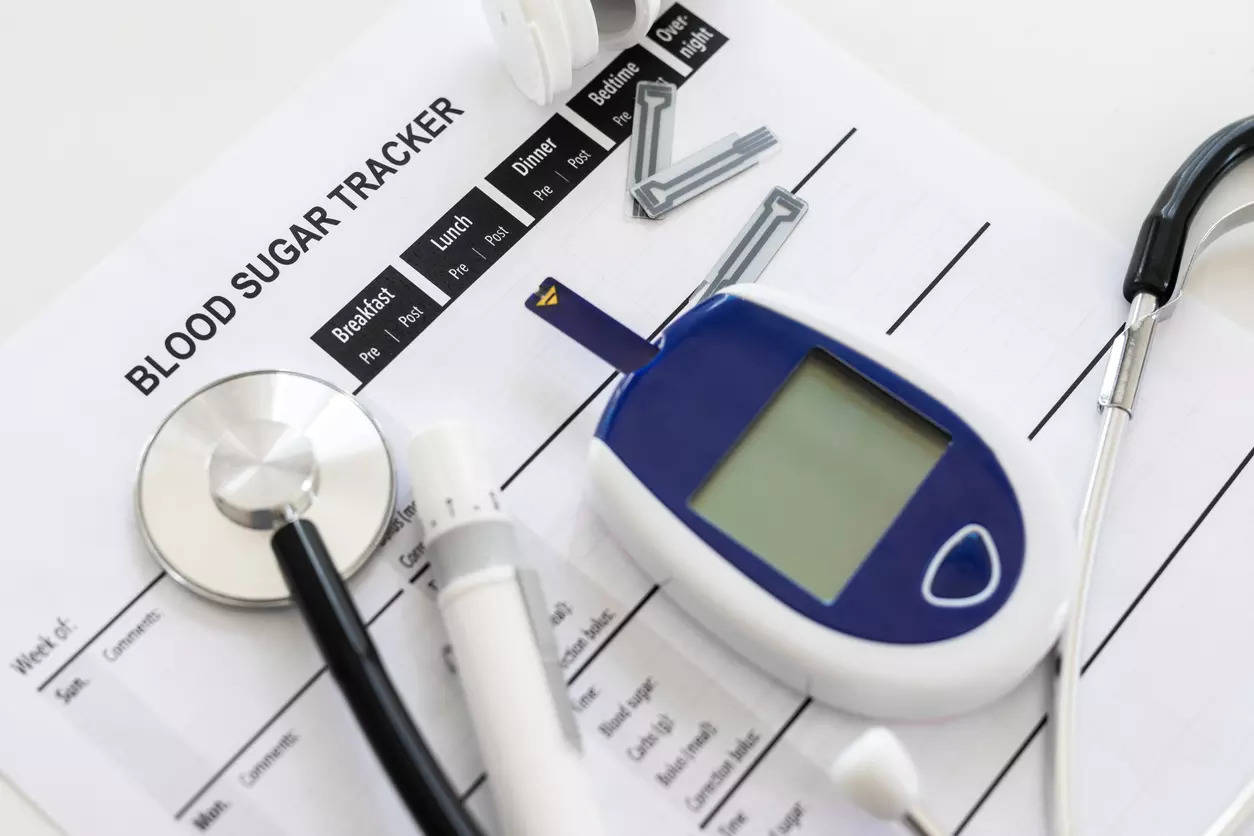
New Delhi: Each year, World Diabetes Day raises awareness about the global impact of diabetes, highlighting the challenges and solutions surrounding its prevention and management. This year’s theme, “Breaking Barriers, Bridging Gaps,” focuses on the need for collective action to reduce the growing burden of diabetes worldwide, particularly in the WHO South-East Asia Region.
The latest estimates for 2022 indicate that diabetes affects nearly 246 million people in the WHO South-East Asia Region. The outcomes of untreated and uncontrolled diabetes range from heart attacks, strokes, kidney failure, blindness, and amputations. These complications not only impose emotional and financial burdens on individuals and families but also place significant financial strain on healthcare systems.
“More than 60 per cent of people with diabetes in the region are unaware of their status. There is an urgent need for increased public awareness about the prevention, detection, and management of diabetes, through awareness campaigns that promote healthy lifestyles and integrate maternal, child, and adolescent health initiatives, in line with a life-course approach,” a statement from WHO South-East Asia Region said.
Preventing the risk factors for diabetes requires an enabling environment and the implementation of WHO-recommended best-buy interventions within national contexts, supported by a multisectoral approach. Policy and programmatic initiatives taken by countries in the South-East Asia Region, such as tobacco control, obesity prevention, trans fatty acid elimination, and promoting physical activity, are positive steps and have been recognized as best practices globally.
Timely and accessible diabetes care can prevent serious health issues and save lives. Effective diabetes care should be equitable, comprehensive, accessible, and affordable. However, in South-East Asia, fewer than one in three adults with diabetes receive treatment, and only 15% have their condition under control. To improve these numbers, primary healthcare systems require support, including access to standardized management protocols, essential medicines, diagnostics, and trained healthcare professionals.
Countries across the region are working to improve diabetes management services. By mid-2024, more than 23 million people with diabetes in the region had been placed on protocol-based management, with an ambitious goal to reach 100 million people with diabetes and hypertension on standard treatment by 2025.




